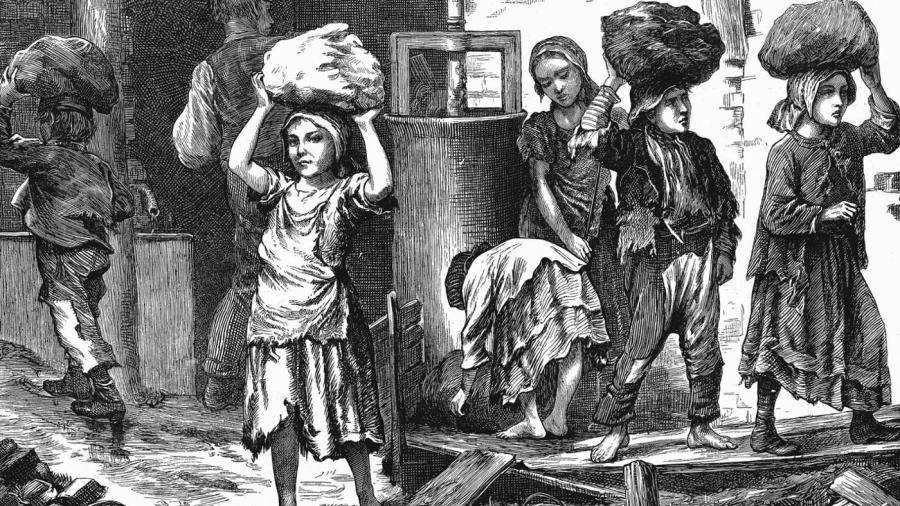What Was Child Labor in the Late 1800s and Early 1900s?

Child labor in the late 1800s and early 1900s involved the use of children in industrial, mining and manufacturing work, according to the History Channel. While children had been employed in many different fields throughout history, advancements in technology during the Industrial Revolution opened up a whole host of new and dangerous jobs for young people.
Child workers offered a host of advantages for employers of the time. Children were small, so they could get into tight spaces in mines and machinery where adults couldn’t fit. Children were also easier to teach and control than adults, and they were less likely to refuse potentially dangerous work. Most advantageous, however, was the fact that children would work for considerably less money than adult workers would demand.
The dangerous conditions children faced in these occupations led to a growing movement to ban or at least regulate child labor in the 1800s, and by 1900, the movement was gaining steam and many states placed restrictions on the type and length of work children could do. Ultimately, however, it took the Great Depression to end the child labor movement. With fewer jobs to go around, adults took priority in employment. In 1938, the Fair Labor Standards Act provided national regulation of child labor.





